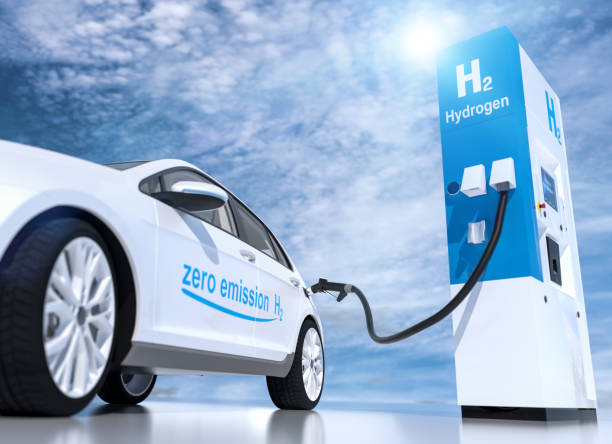Learn About What Makes Tiny Electric Cars So In Demand
The rising popularity of tiny electric cars represents a significant shift in urban mobility preferences. These compact vehicles combine environmental consciousness with practical city living, offering an innovative solution to modern transportation challenges. As cities become more congested and environmental concerns grow, these diminutive electric vehicles are emerging as a smart choice for sustainable urban mobility, providing efficient transportation while minimizing environmental impact.

The surge in popularity of tiny electric cars reflects a broader transformation in urban transportation preferences. As cities become more congested and environmental awareness grows, consumers are increasingly drawn to vehicles that offer both practical benefits and sustainable operation. These compact electric vehicles provide an ideal solution for modern urban living, combining efficiency with environmental responsibility.
Modern Features: Practical and Stylish Solutions
Today’s tiny electric cars incorporate sophisticated technology that rivals larger vehicles. Advanced infotainment systems, smartphone connectivity, and intuitive digital displays are standard features in most models. Many include regenerative braking systems that extend battery life, while smart charging capabilities allow owners to schedule charging during off-peak hours. Interior design maximizes space efficiency through clever storage solutions and ergonomic seating arrangements. Despite their compact size, these vehicles often feature premium materials, ambient lighting, and customizable interfaces that appeal to style-conscious consumers.
Environmental Impact: A Sustainable Choice for Urban Living
The environmental benefits of tiny electric cars extend beyond zero direct emissions. Their smaller battery packs require fewer raw materials during manufacturing, reducing the overall environmental footprint compared to larger electric vehicles. The reduced weight translates to lower energy consumption per kilometer, making them exceptionally efficient for urban commuting. Many models can be charged using renewable energy sources, further minimizing their carbon impact. Urban air quality improvements become noticeable as more residents adopt these clean transportation alternatives, contributing to healthier city environments.
Compact Design: Navigating City Streets with Ease
Urban mobility challenges find practical solutions in the compact design of tiny electric cars. Their narrow width allows navigation through tight spaces and congested traffic lanes that would challenge larger vehicles. Parking becomes significantly easier, with many models fitting into spaces that traditional cars cannot access. The tight turning radius enables maneuvering in crowded urban environments, while their lightweight construction provides responsive handling. These design advantages make daily commuting less stressful and more efficient for city dwellers.
Cost Considerations and Market Options
The financial appeal of tiny electric cars encompasses both purchase price and operating costs. Initial purchase prices typically range from $15,000 to $35,000 CAD, making them accessible to a broader range of consumers. Operating costs remain remarkably low, with electricity costs averaging $0.02 to $0.05 per kilometer compared to gasoline vehicles that cost $0.12 to $0.18 per kilometer. Maintenance requirements are minimal due to fewer moving parts, while many provinces offer rebates and incentives that further reduce ownership costs.
| Vehicle Model | Manufacturer | Price Range (CAD) | Range (km) |
|---|---|---|---|
| Smart EQfortwo | Mercedes-Benz | $32,000-$38,000 | 135 |
| Nissan Micra Electric | Nissan | $28,000-$32,000 | 160 |
| Citroën Ami | Citroën | $18,000-$22,000 | 75 |
| BMW i3 | BMW | $45,000-$52,000 | 260 |
Prices, rates, or cost estimates mentioned in this article are based on the latest available information but may change over time. Independent research is advised before making financial decisions.
Safety and Reliability
Safety standards in tiny electric cars have evolved significantly, with many models achieving impressive crash test ratings despite their compact size. Advanced safety features include electronic stability control, multiple airbags, and collision avoidance systems. The low center of gravity provided by floor-mounted batteries enhances stability and reduces rollover risk. Reliability benefits from simplified electric drivetrains that require less maintenance than traditional internal combustion engines. Many manufacturers offer comprehensive warranties covering both the vehicle and battery systems, providing peace of mind for owners.
The growing demand for tiny electric cars reflects their ability to address multiple urban transportation challenges simultaneously. Their combination of environmental benefits, cost efficiency, and practical design makes them increasingly attractive to Canadian consumers seeking sustainable mobility solutions. As charging infrastructure continues to expand and technology advances, these compact vehicles are positioned to play an increasingly important role in urban transportation networks.



